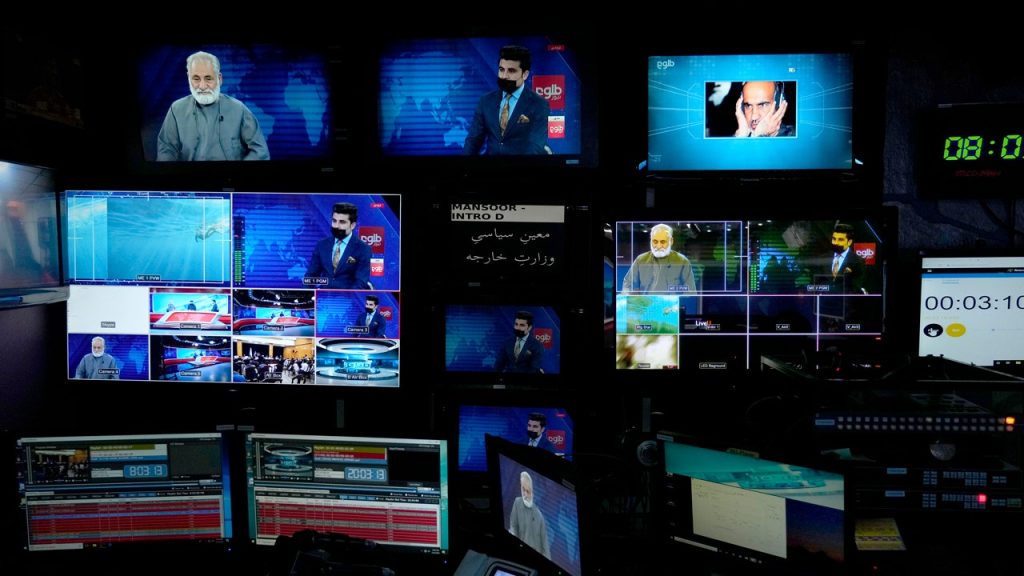The Taliban in Afghanistan is enforcing a ban on certain media outlets airing “images of living beings.” This rule is being enforced by the Vice and Virtue Ministry in certain provinces and it is unclear if it will apply to all media outlets across the country, including foreign media. The legislation, which was announced in August, also banned women’s voices and bare faces. This marks the first declaration of such rules in Afghanistan since the Taliban took over after the U.S. withdrawal. The legislation includes banning the publication of any images depicting living beings, a rule approved by supreme leader Hibatullah Akhundzada.
It has been confirmed that media in the Afghan provinces of Maidan Wardak, Kandahar, and Takhar have been advised not to show images of anything with a soul. The Taliban’s Vice and Virtue Ministry spokesman, Saif ul Islam Khyber, confirmed this directive. State media was reportedly directly told not to air such images by the ministry, and this directive has now been extended to all media in the provinces. As a result, independent local media in some provinces have stopped running videos and images and are instead broadcasting nature videos in response to the ban on images of living beings.
This new broadcasting rule in Afghanistan has caused international concern as it is the only Muslim-majority country enforcing such strict legislation. The extremity of the rules, especially those pertaining to women, has raised red flags. The Vice and Virtue Ministry has banned women’s voices as they are considered too “intimate,” and women are required to wear veils in public. The legislation has sparked discussions about the restrictions imposed on media and freedom of expression in the country since the Taliban took over after the chaotic U.S. withdrawal.
The Taliban’s enforcement of strict rules regarding media and images of living beings is seen as a step back for Afghanistan in terms of freedom of expression and human rights. The ban on women’s voices and bare faces, as well as the restriction on showing images of living beings, is part of the Taliban’s efforts to impose its interpretation of Islamic law in the country. This move has highlighted the challenges faced by media outlets and journalists in Afghanistan under Taliban rule, as they grapple with restrictions on what they can report and show to the public.
The new legislation announced by the Taliban’s Vice and Virtue Ministry has further isolated Afghanistan from the international community as it imposes strict rules on media outlets and individuals in the country. The ban on certain images and voices, particularly those of women, has raised concerns about the treatment of women and freedom of expression in Afghanistan under Taliban rule. The international community has expressed its worries about the impact of such legislation on the rights of individuals, especially women, and the future of media and journalism in the country.
In conclusion, the Taliban’s enforcement of strict rules on media outlets in Afghanistan, including the ban on images of living beings and women’s voices, has raised concerns about the country’s human rights situation and freedom of expression. The legislation announced by the Vice and Virtue Ministry reflects the Taliban’s efforts to impose its interpretation of Islamic law in the country, which has drawn criticism from the international community. The restrictions imposed on media outlets and journalists highlight the challenges faced by individuals working in the media sector under Taliban rule and the impact on the flow of information and public discourse in Afghanistan.













